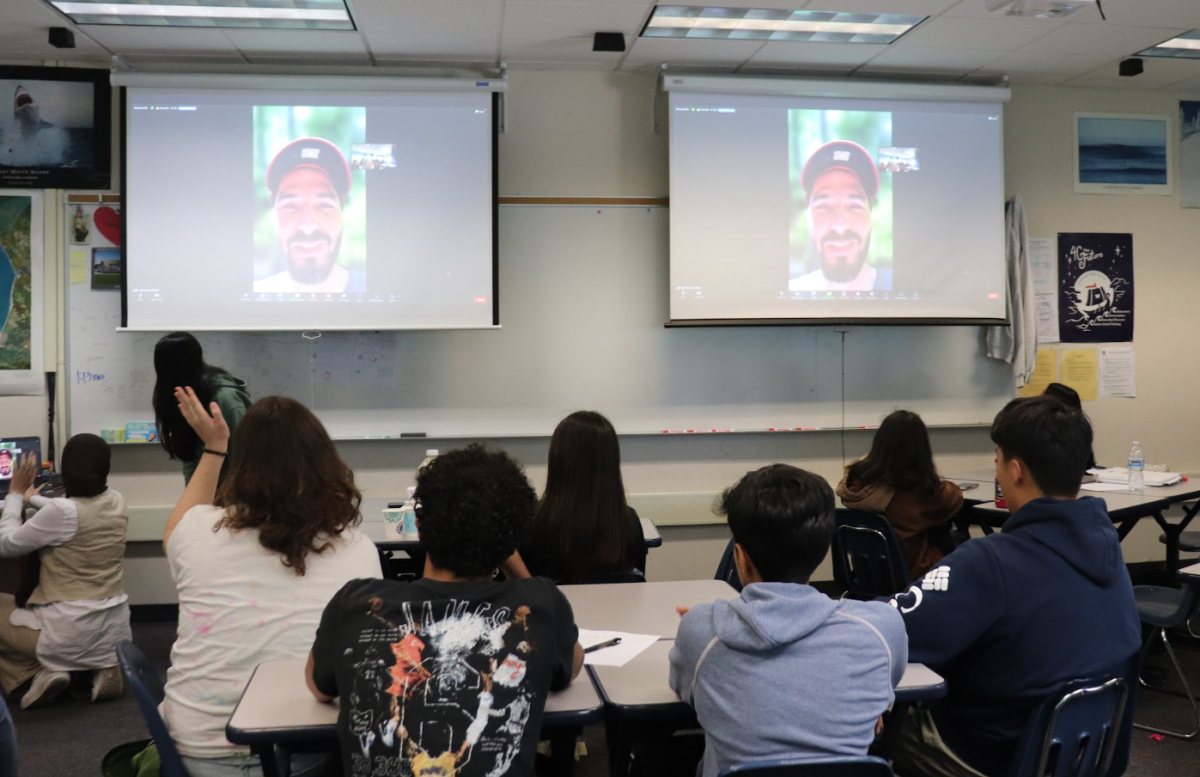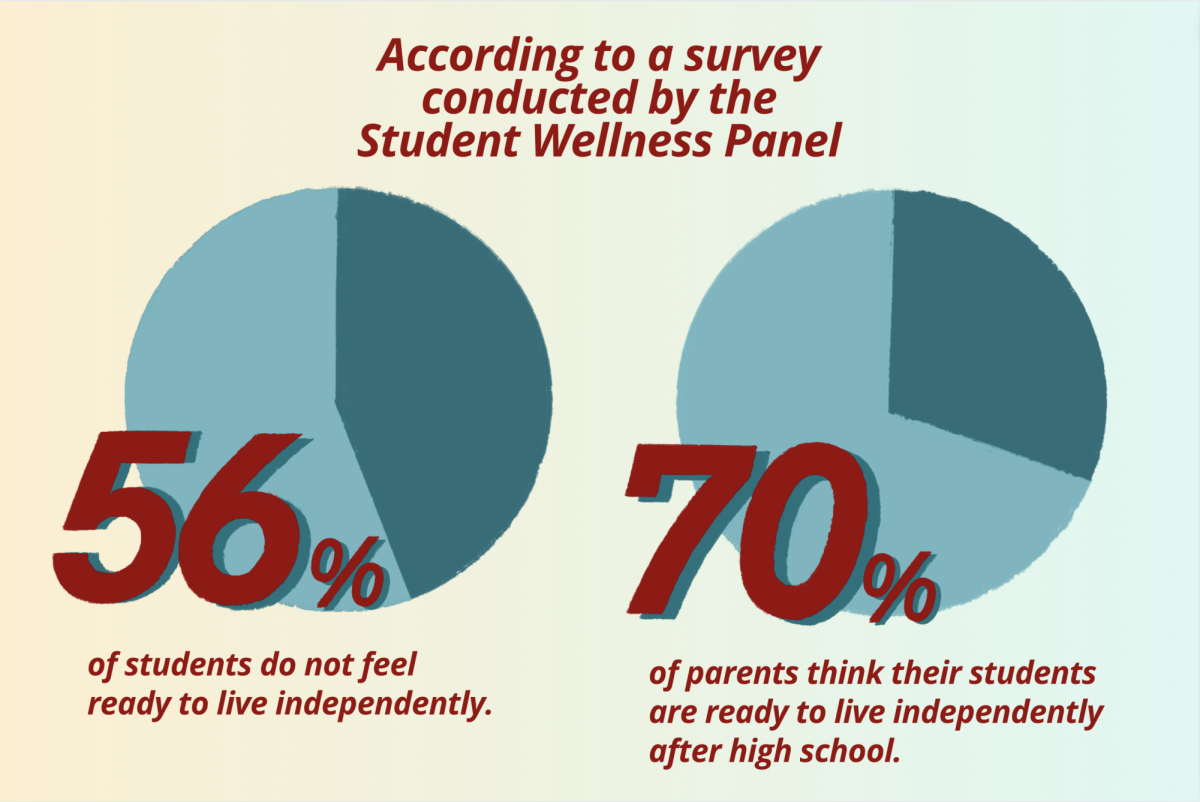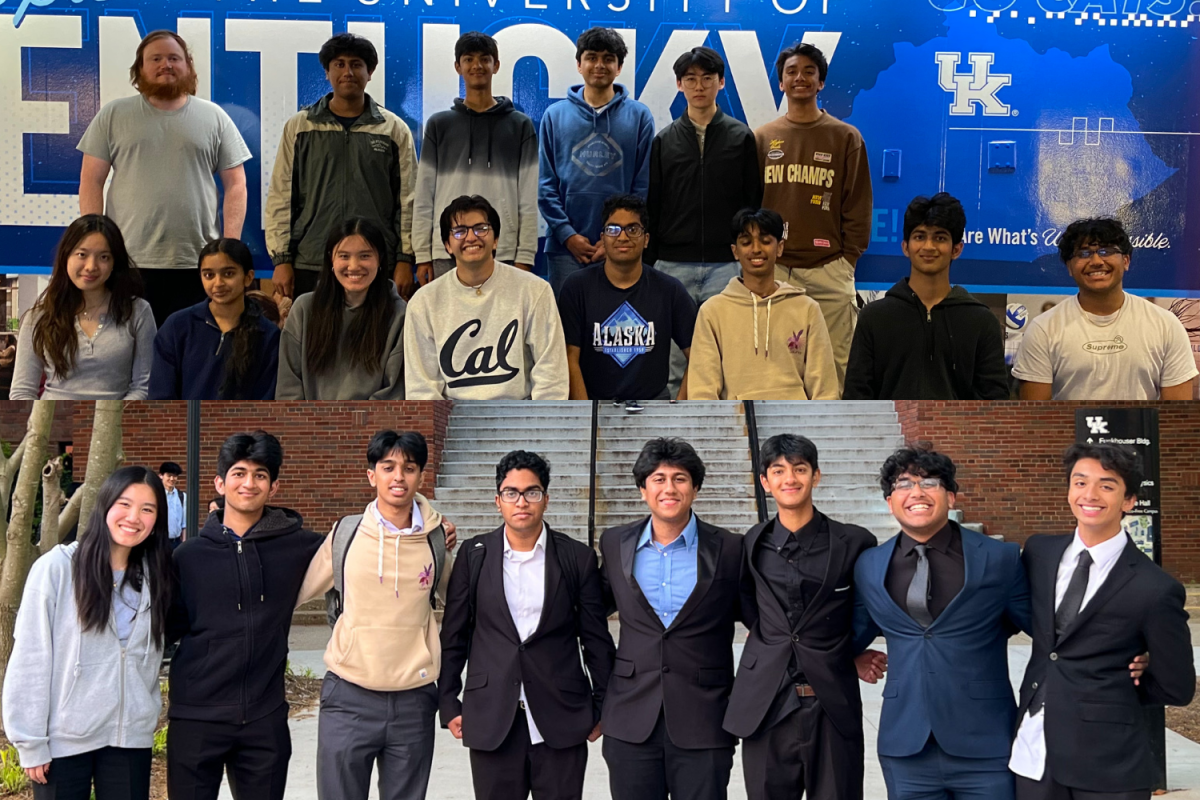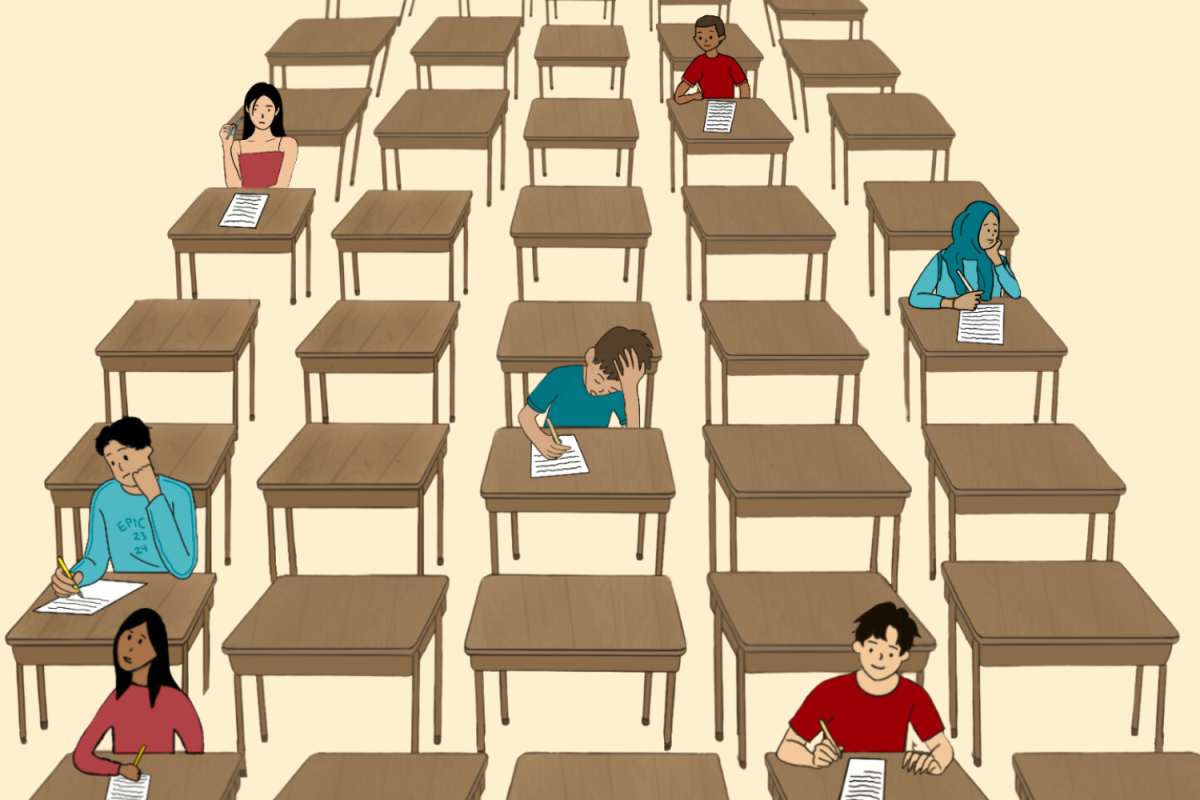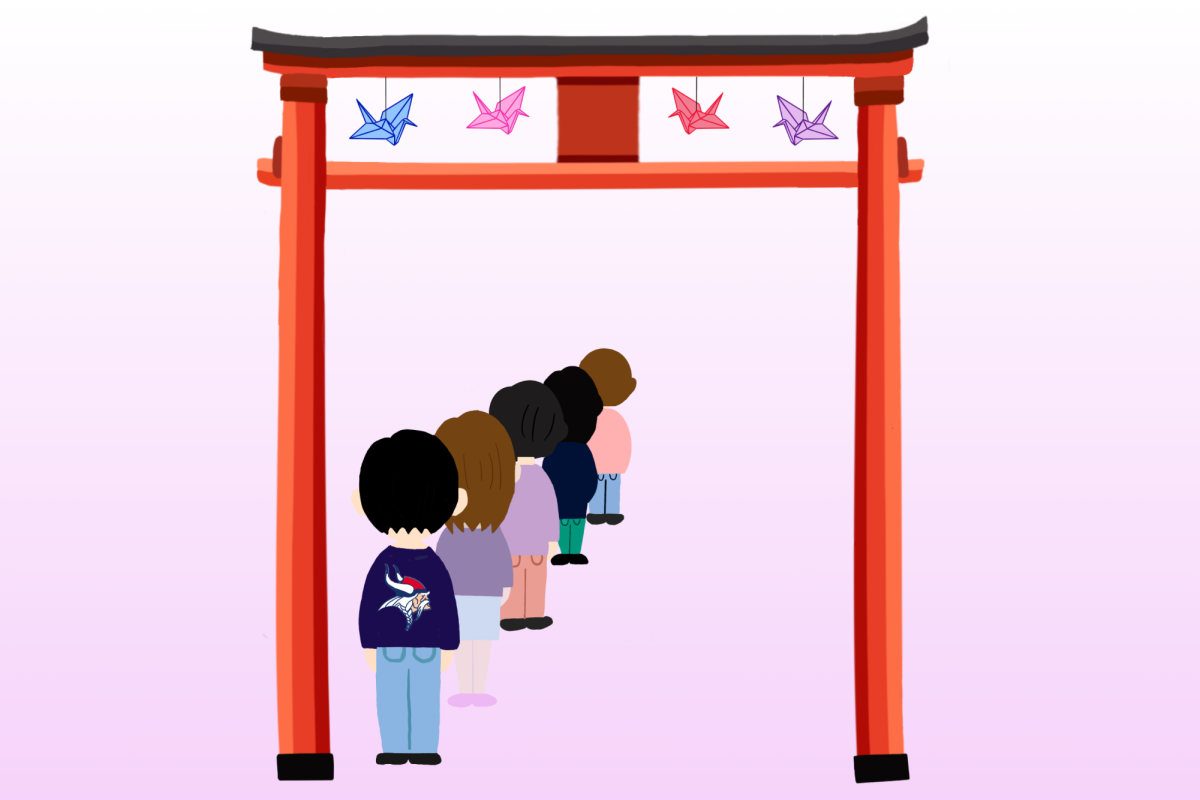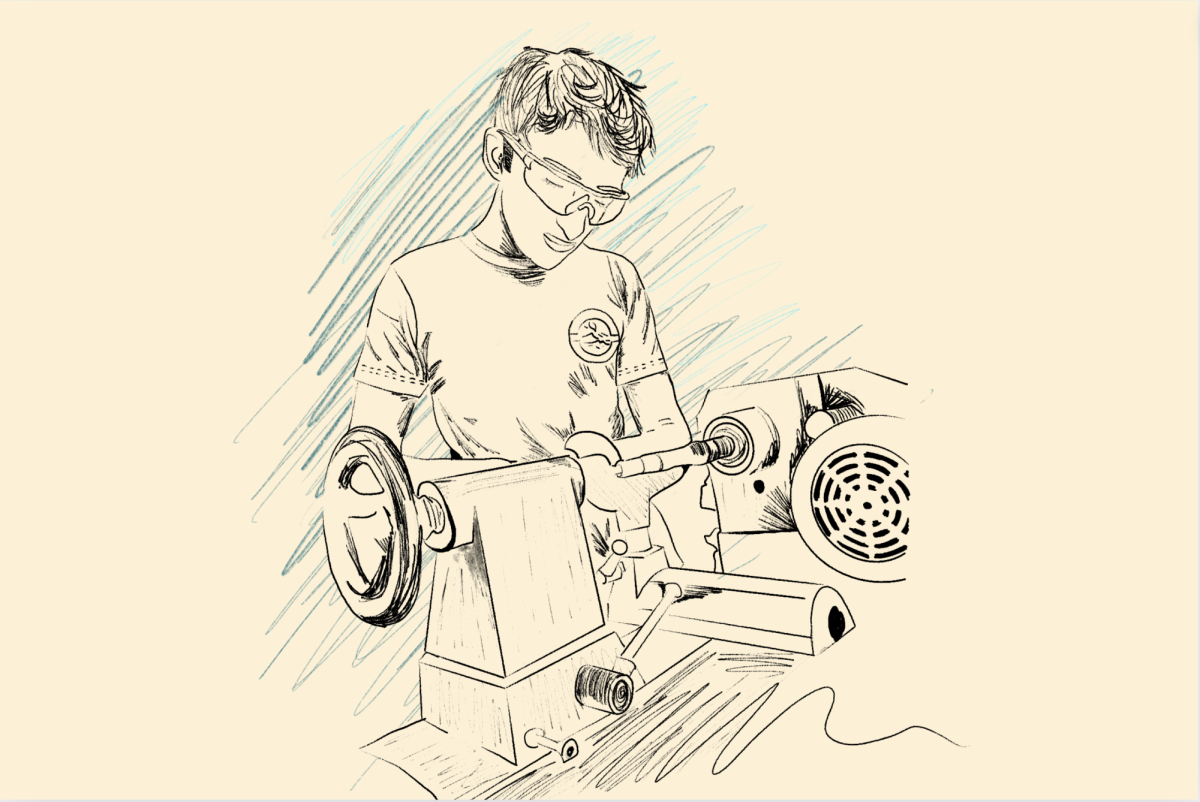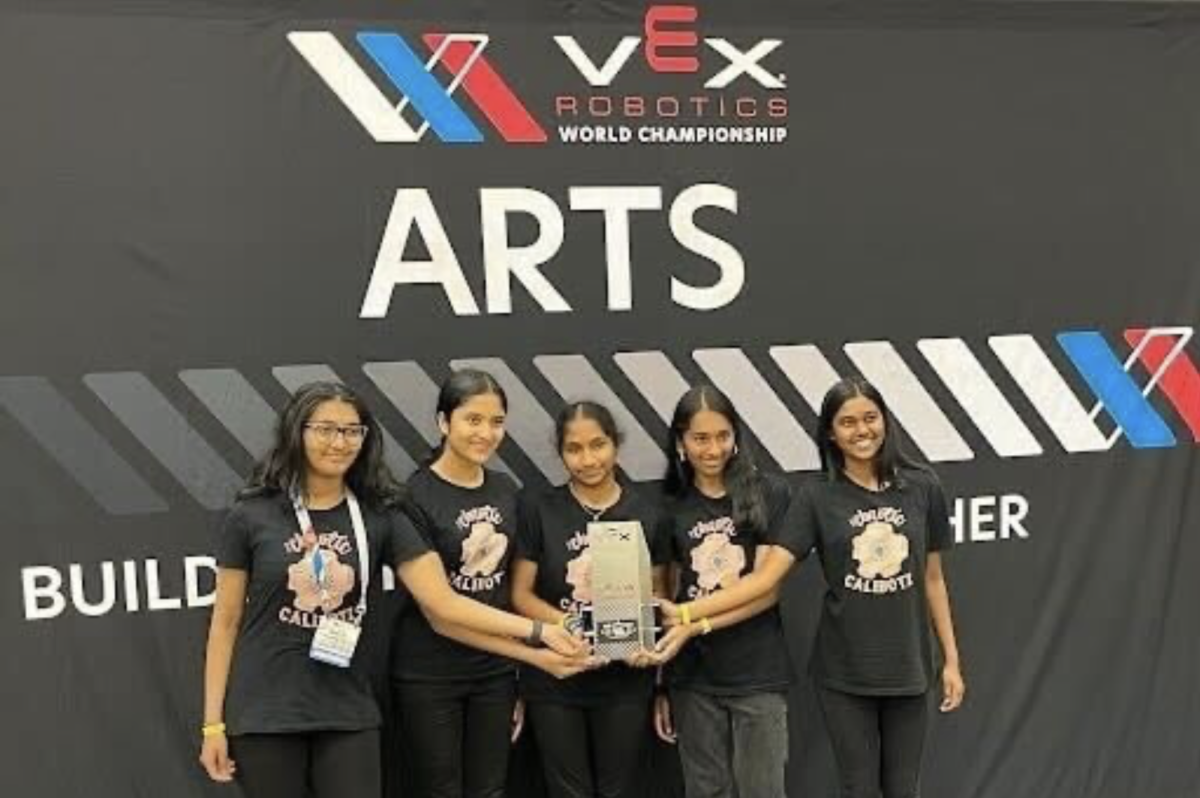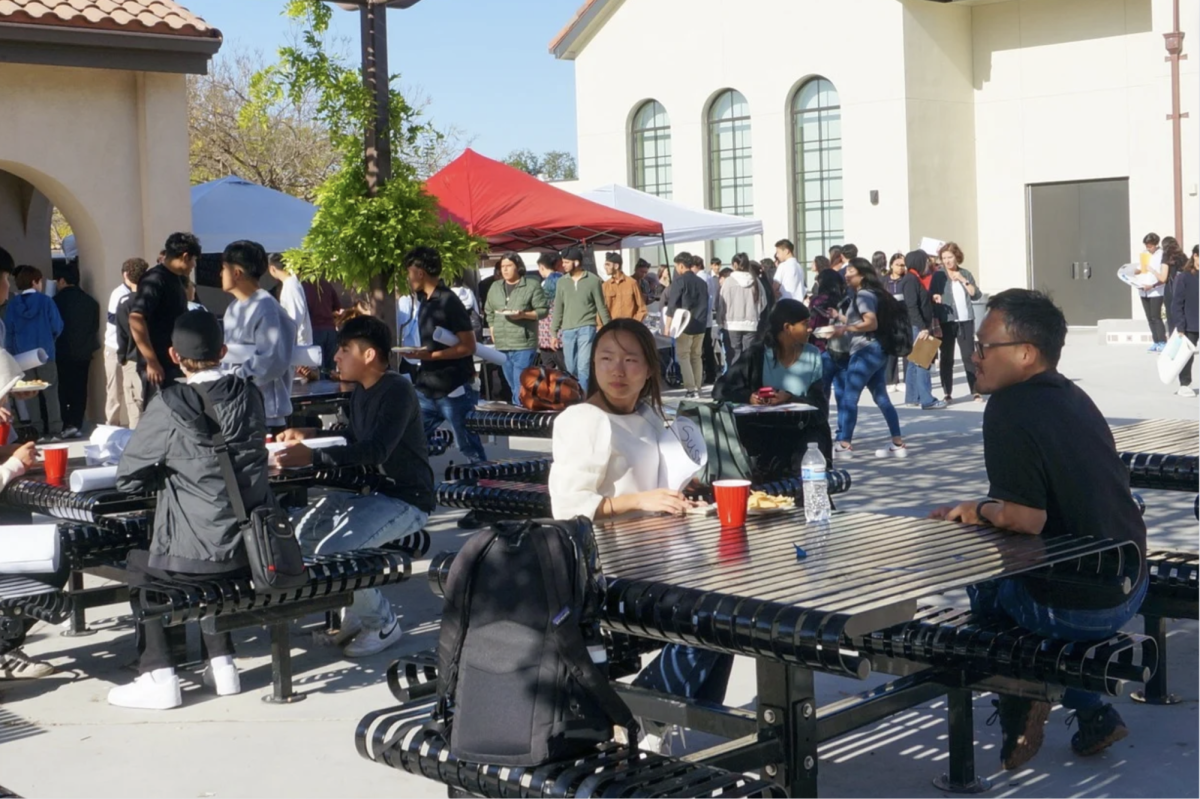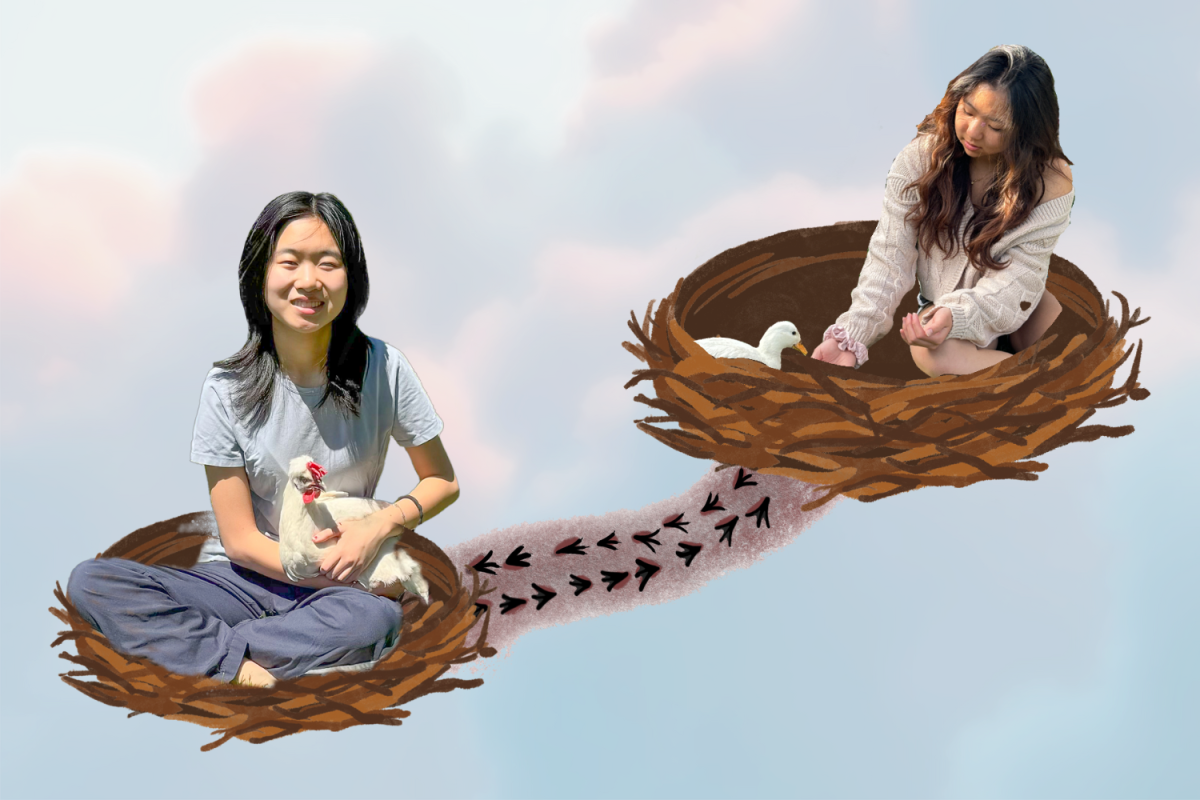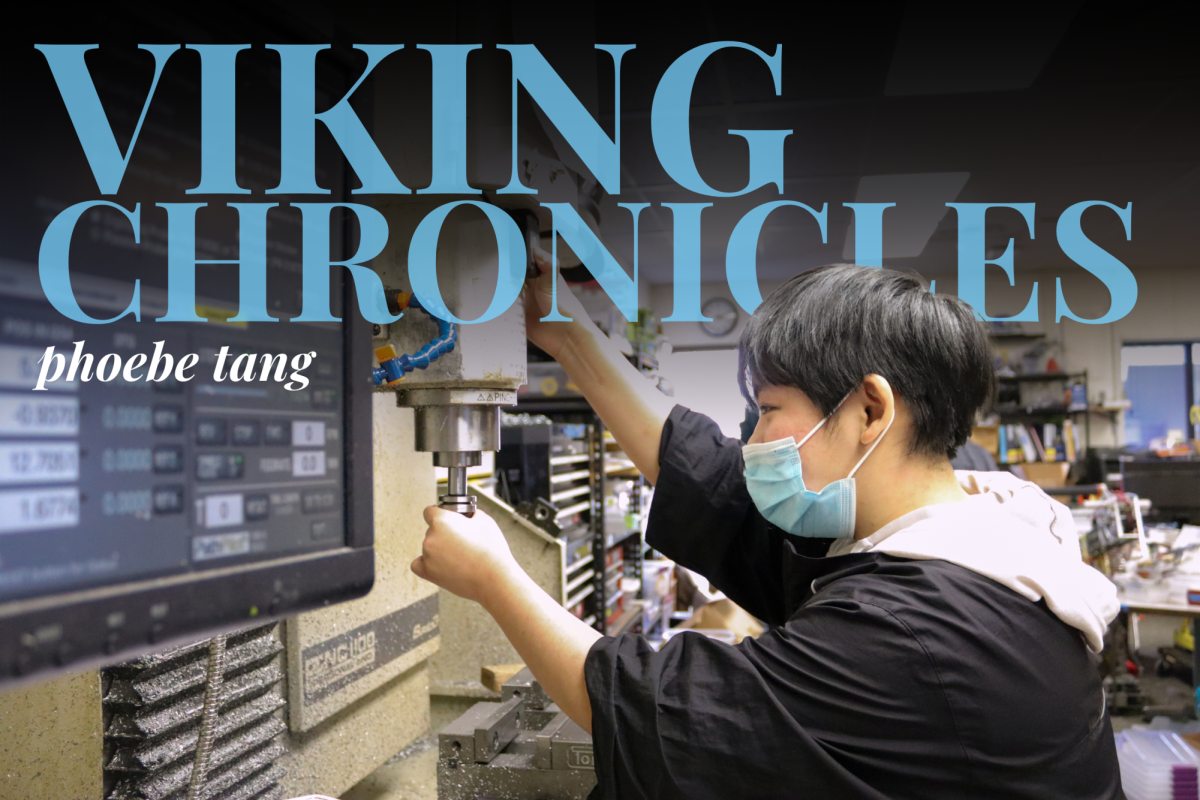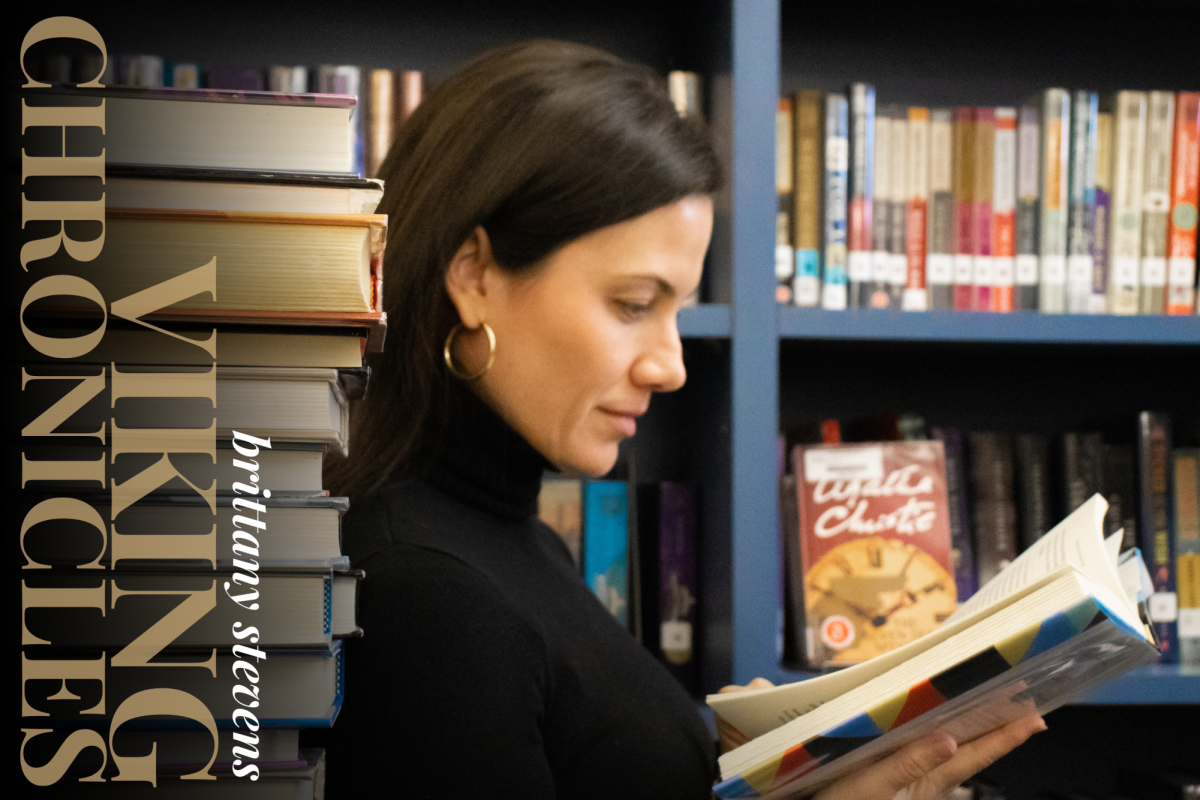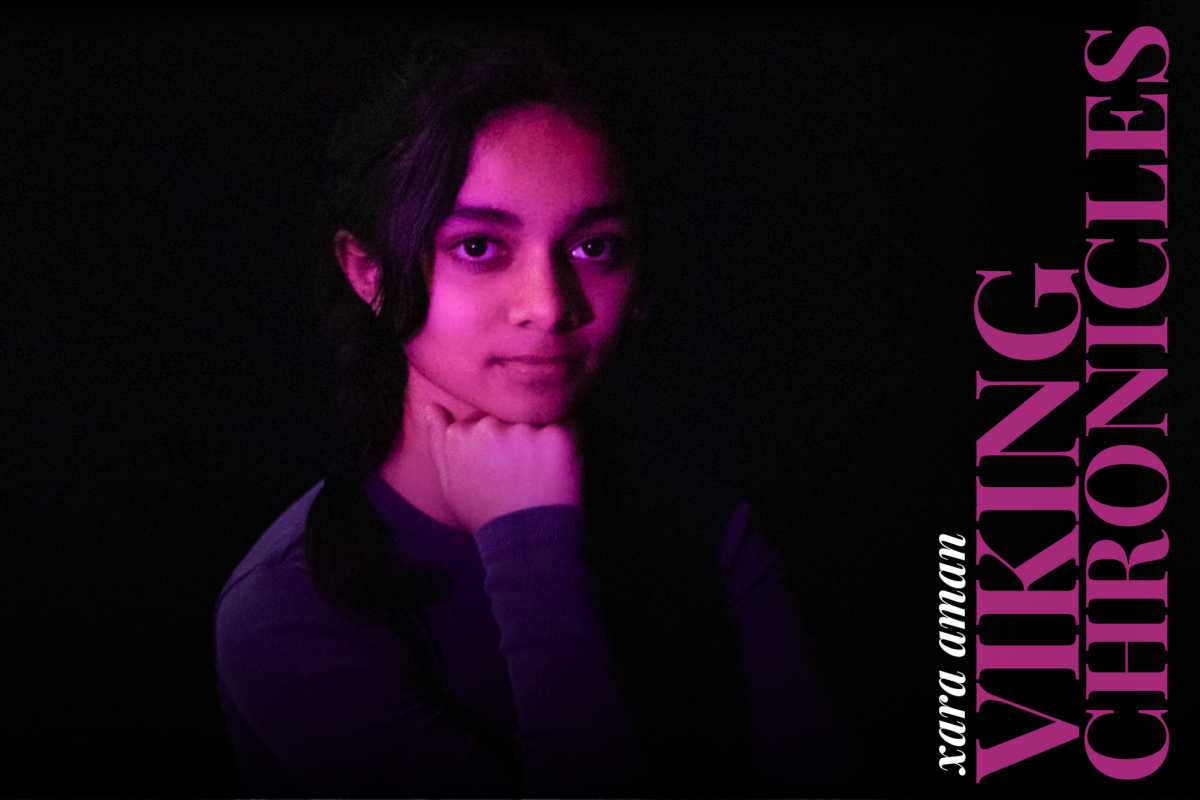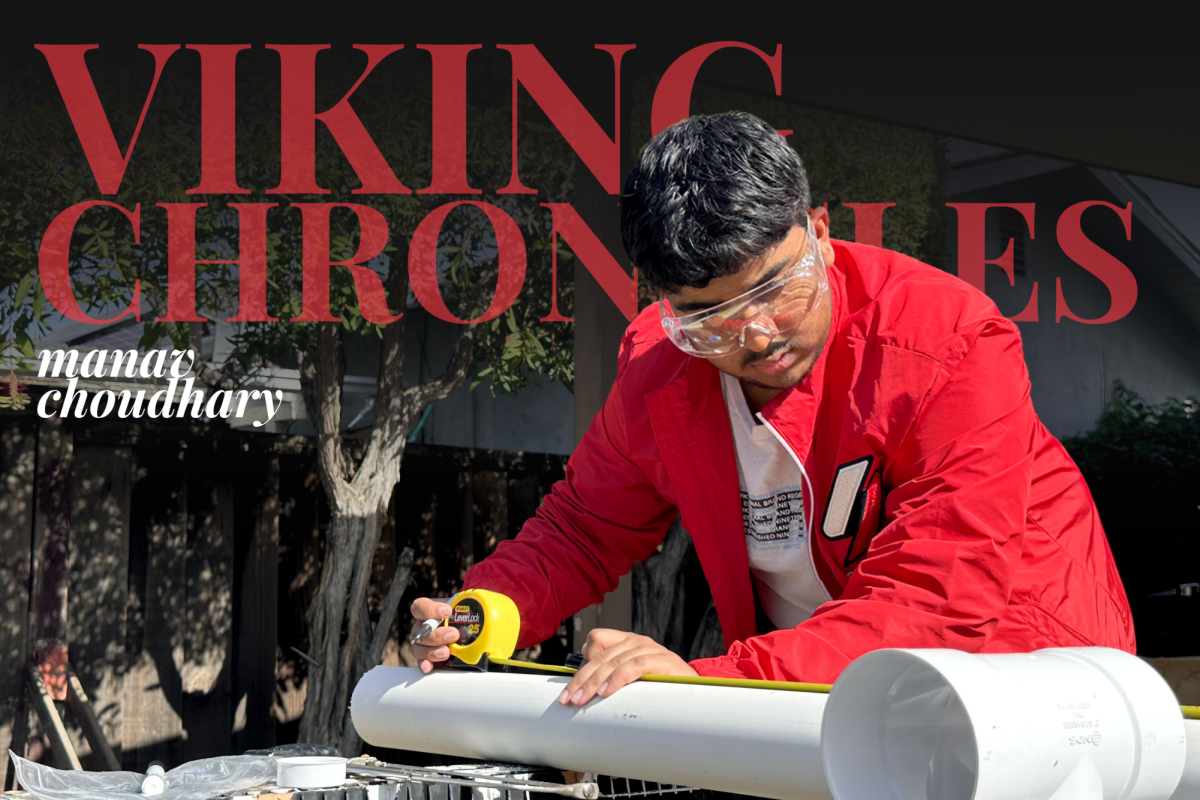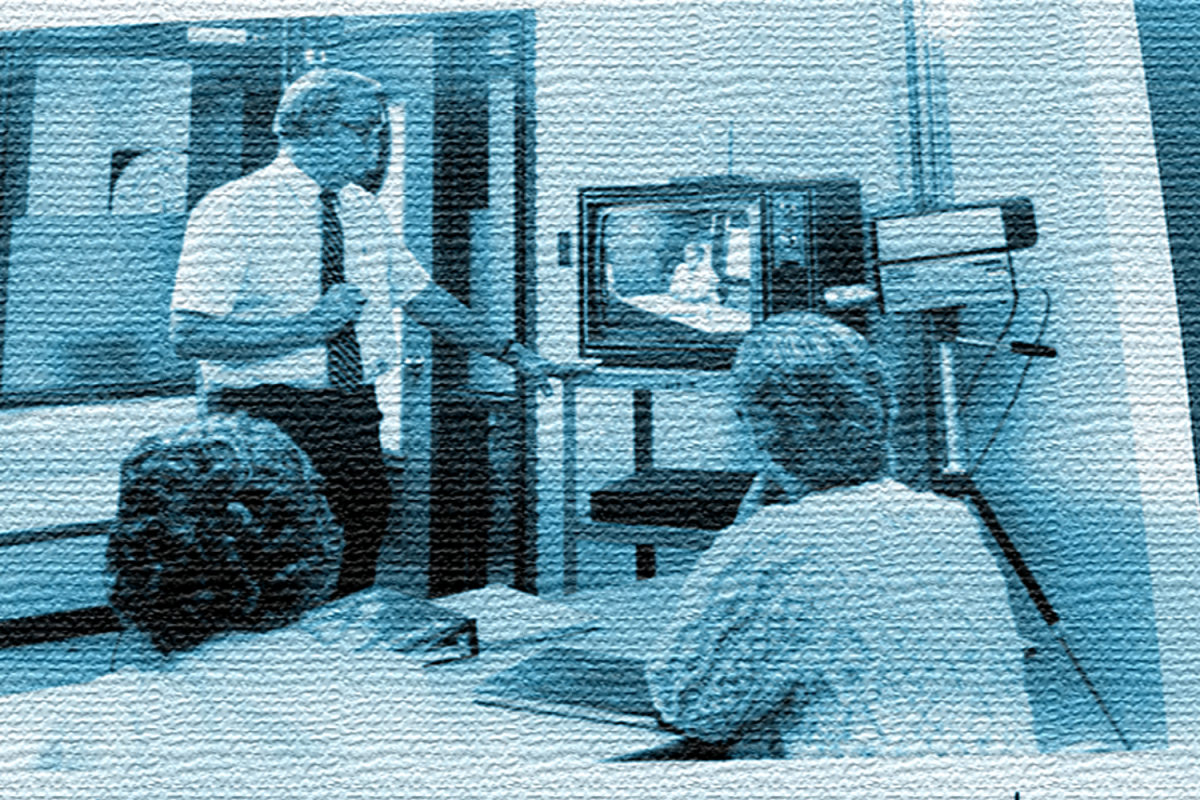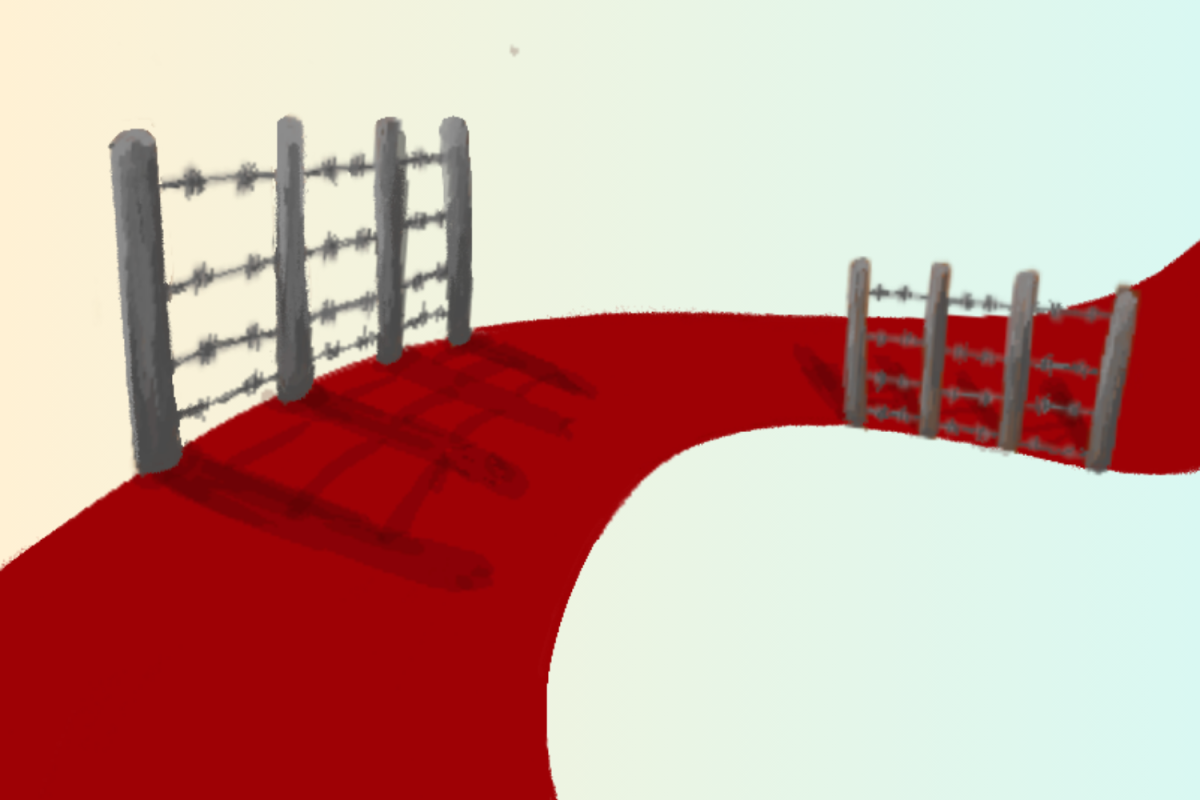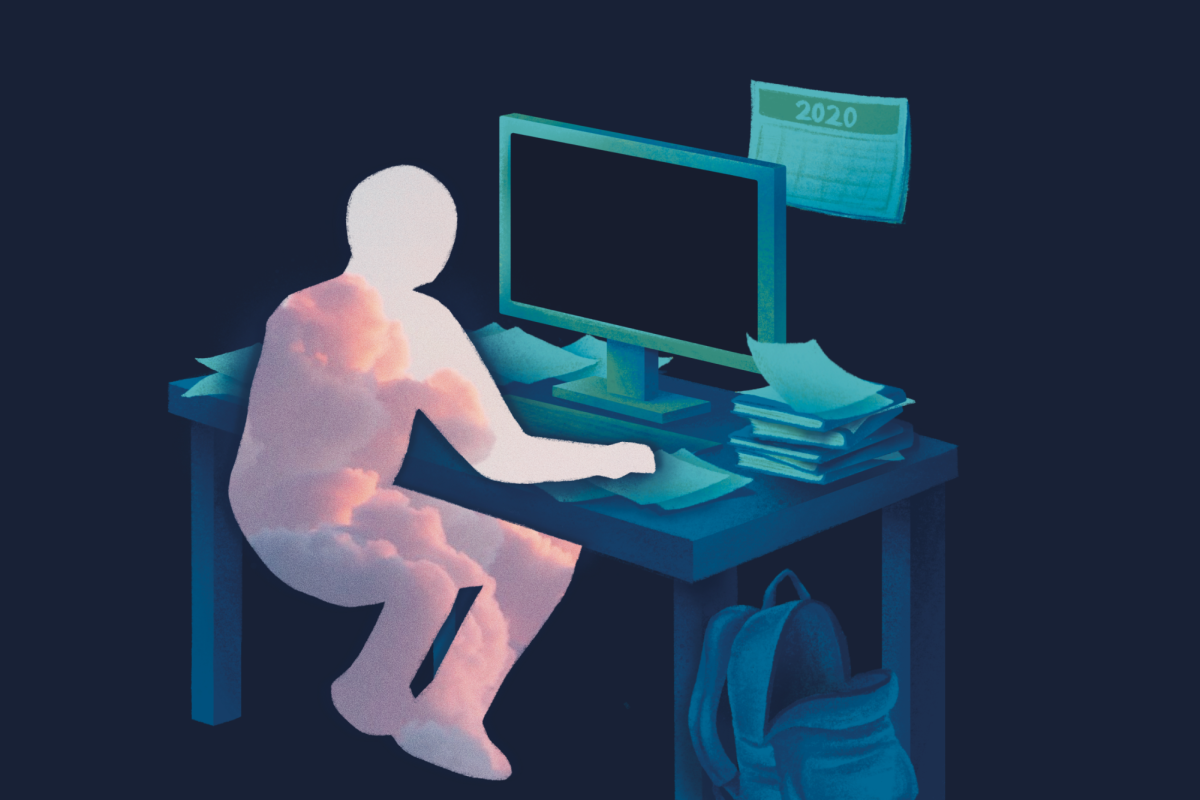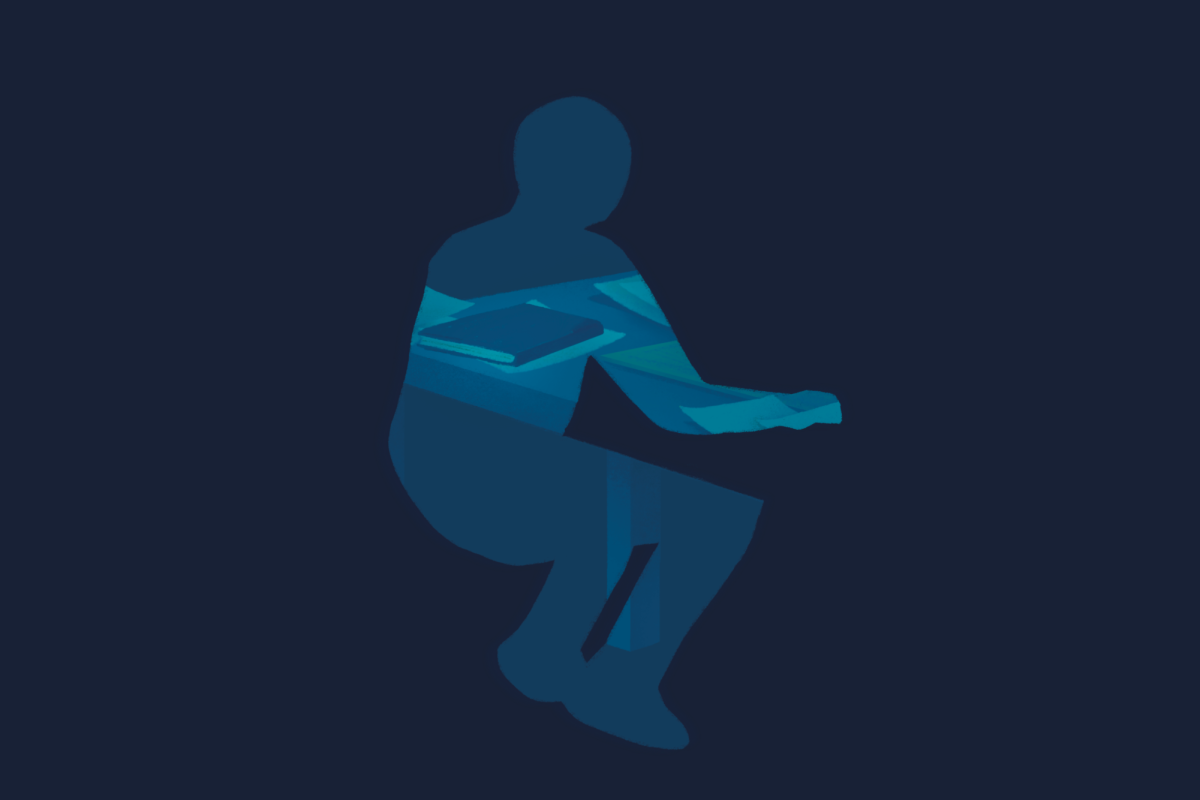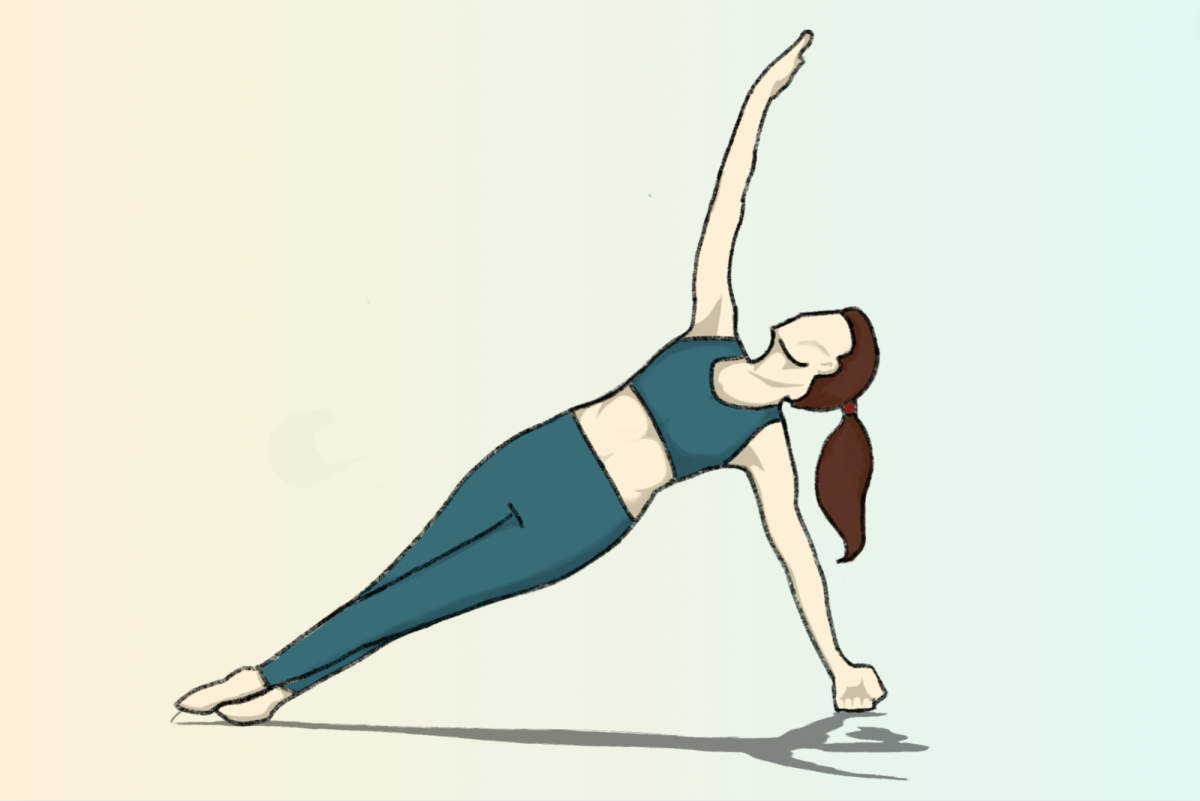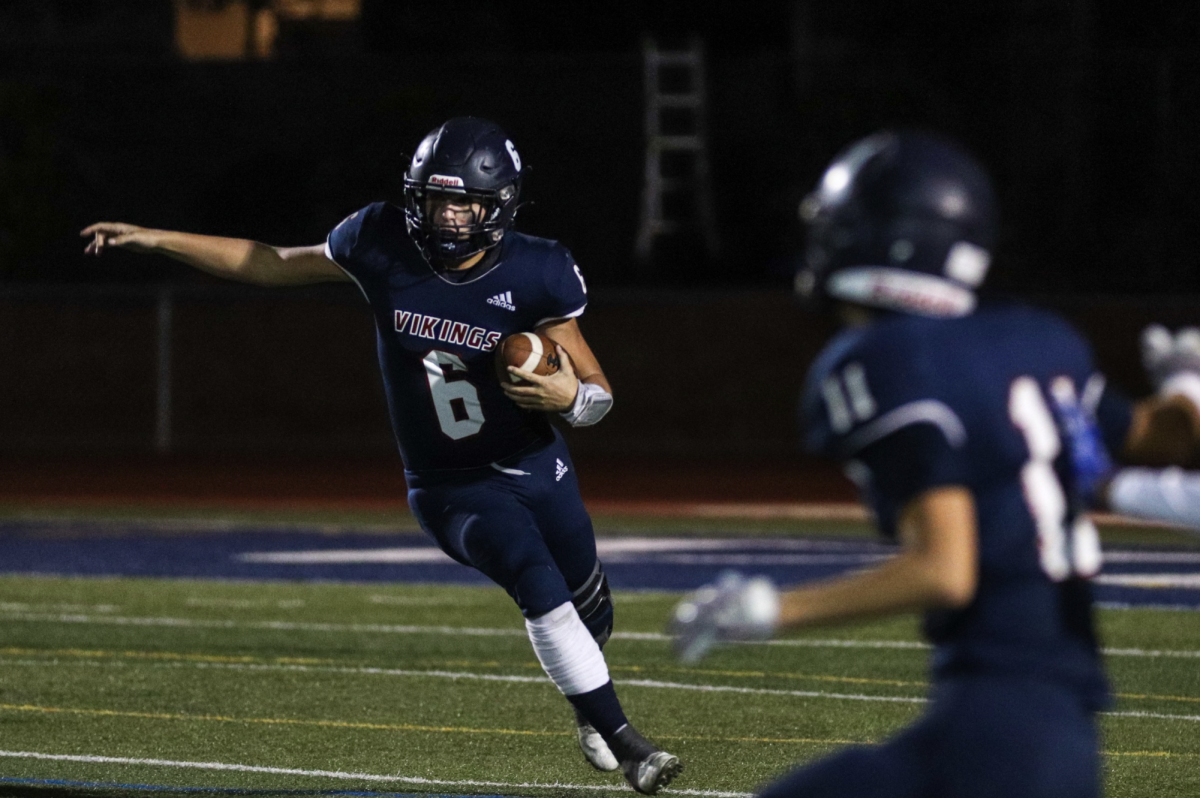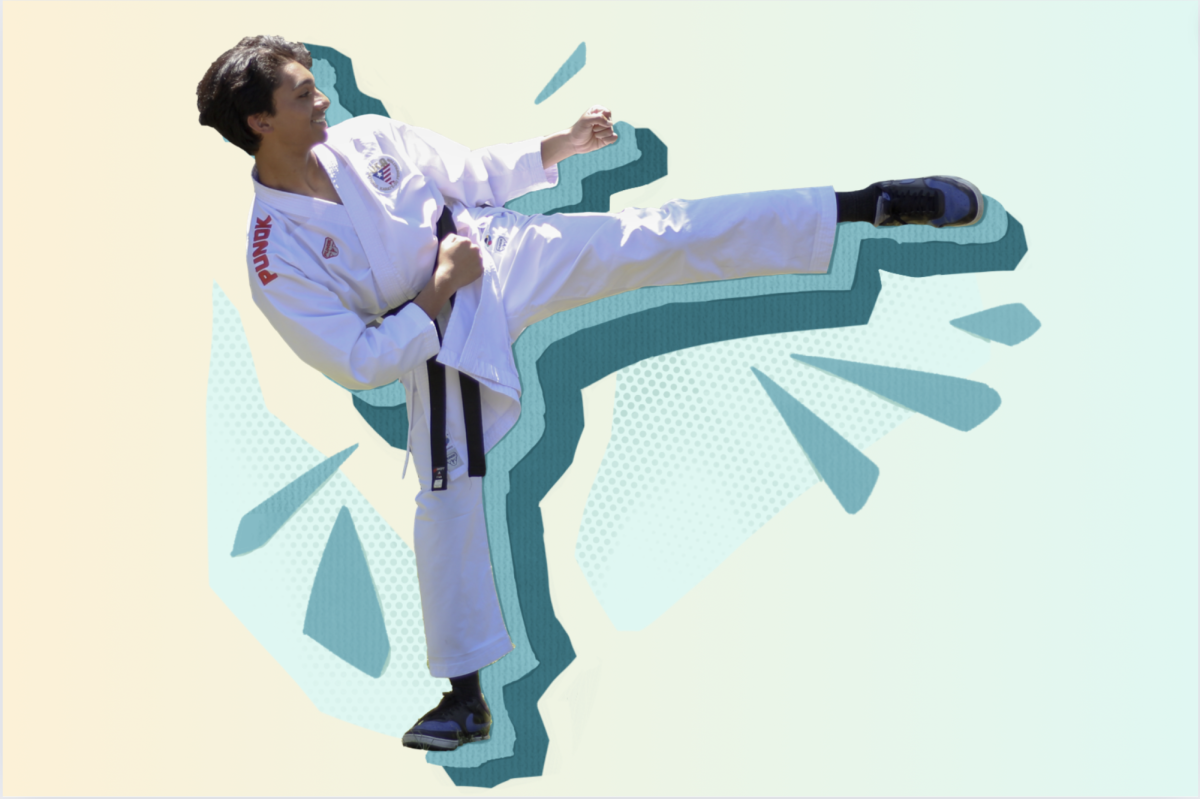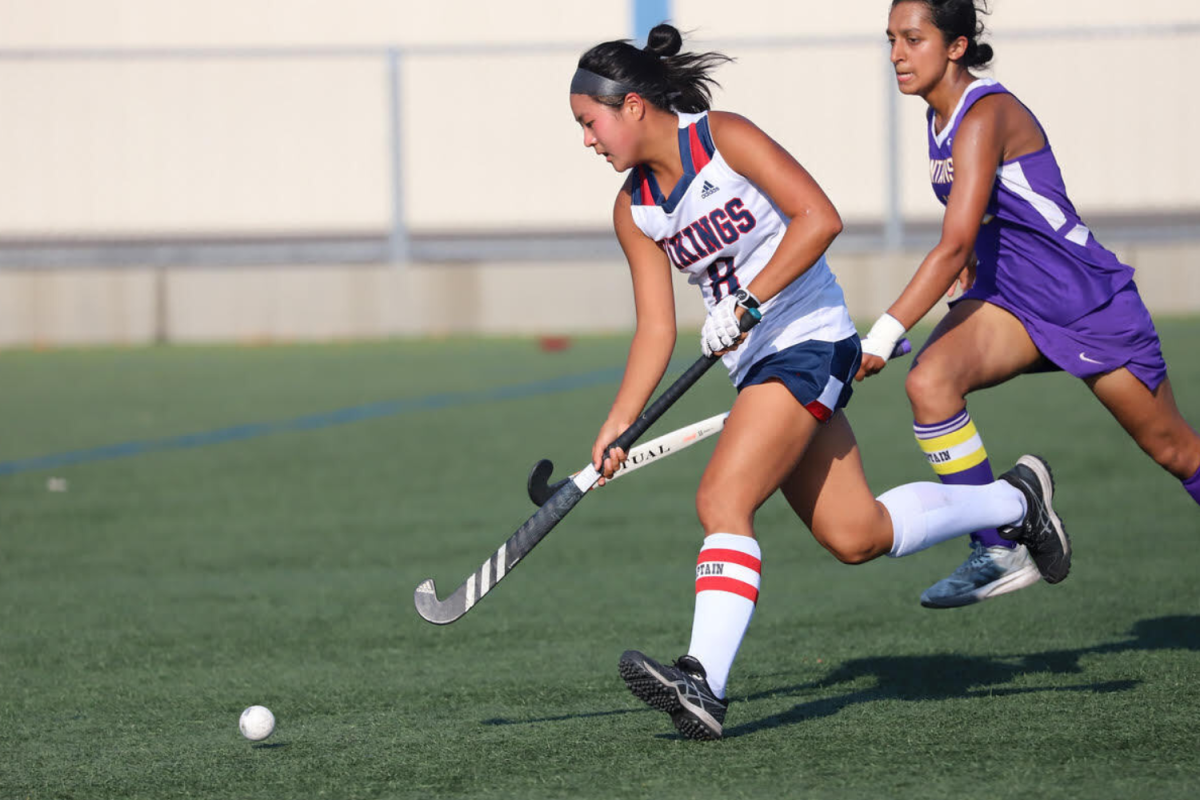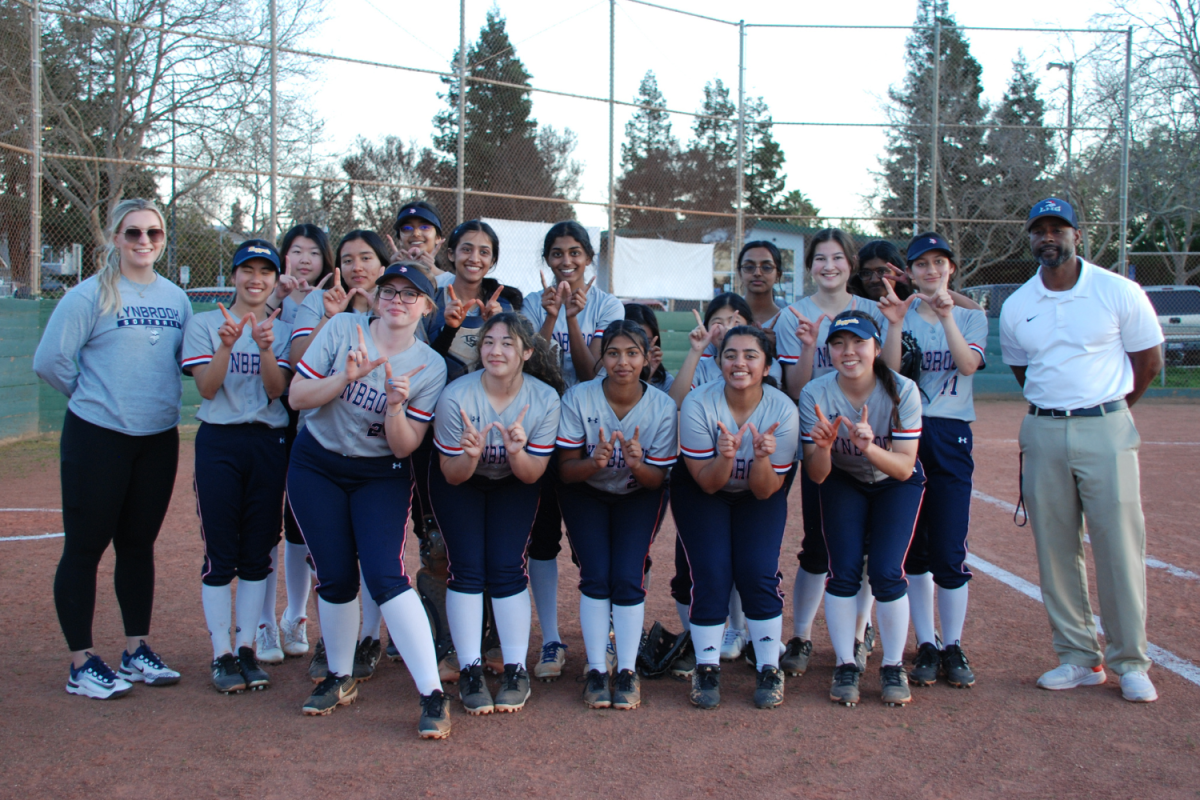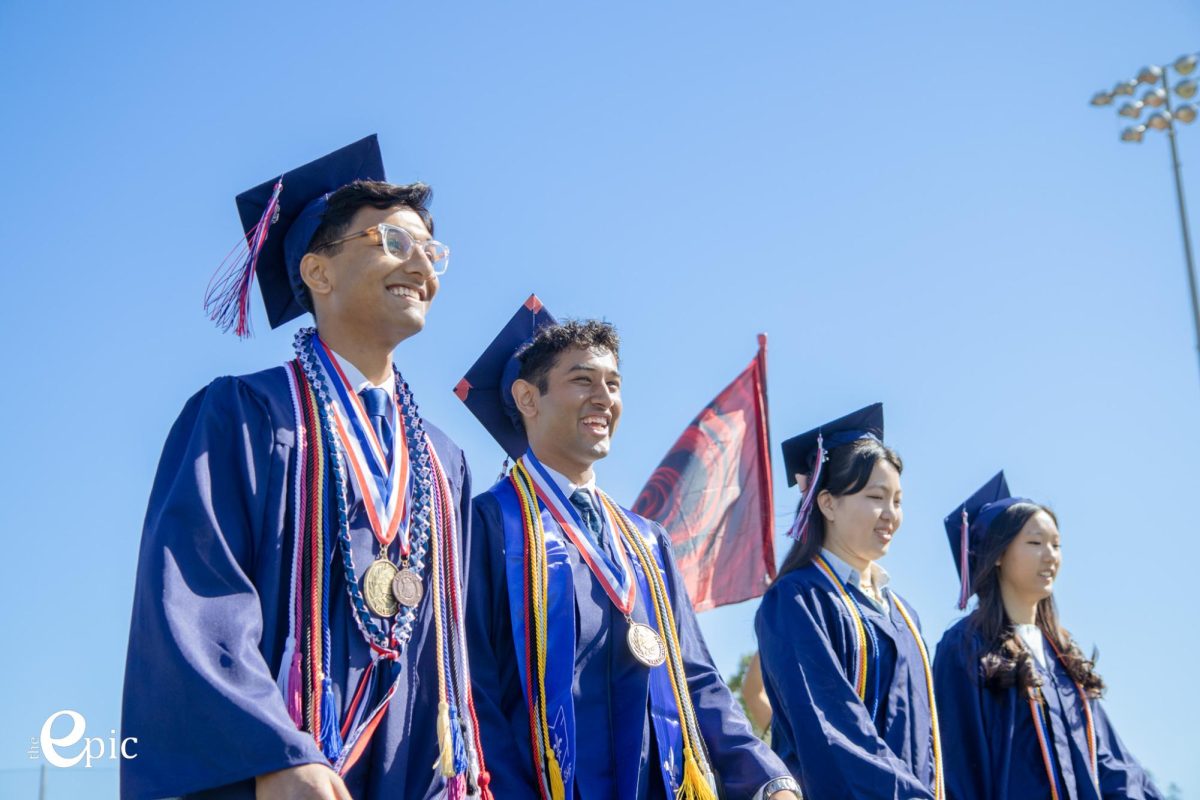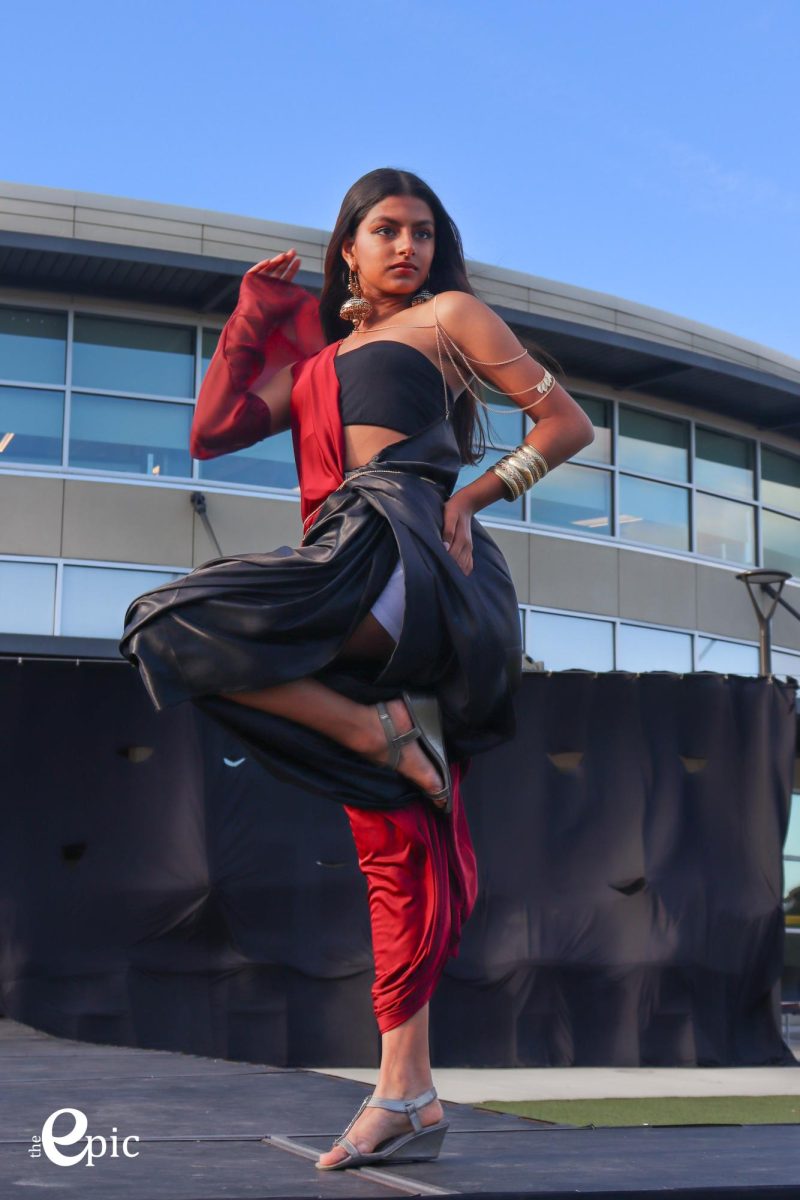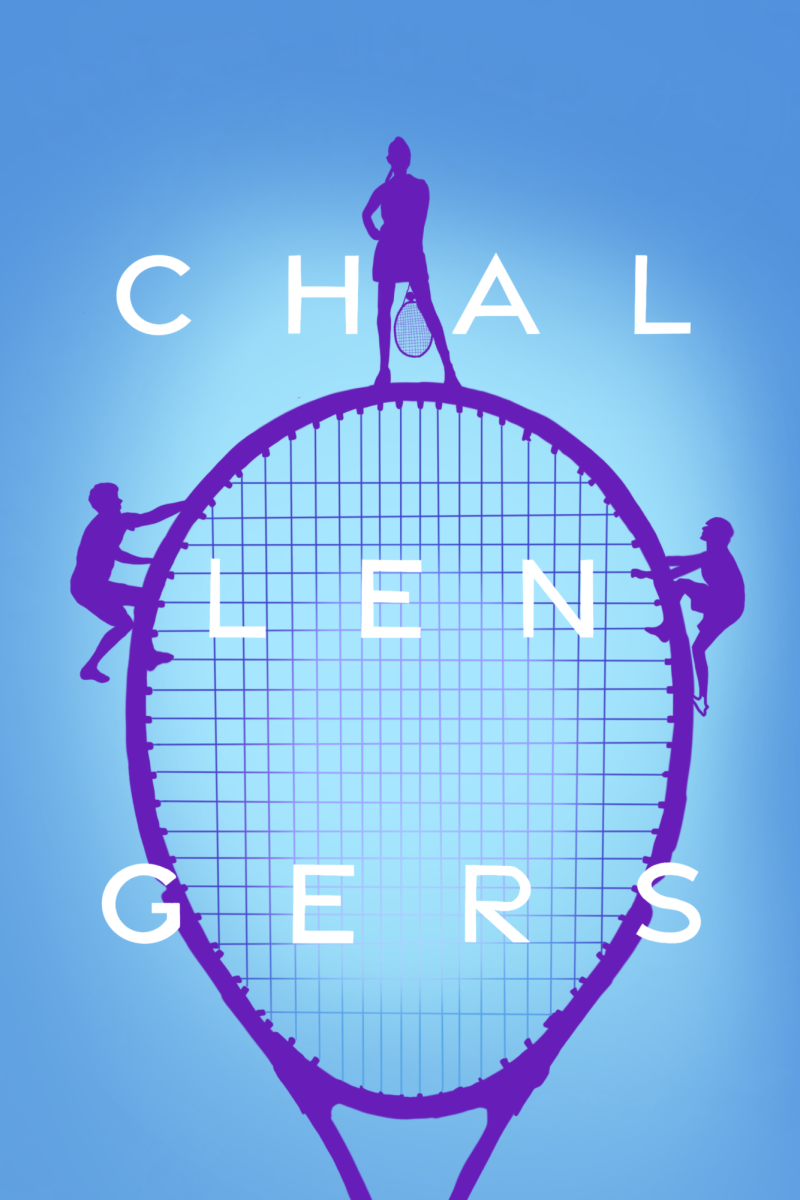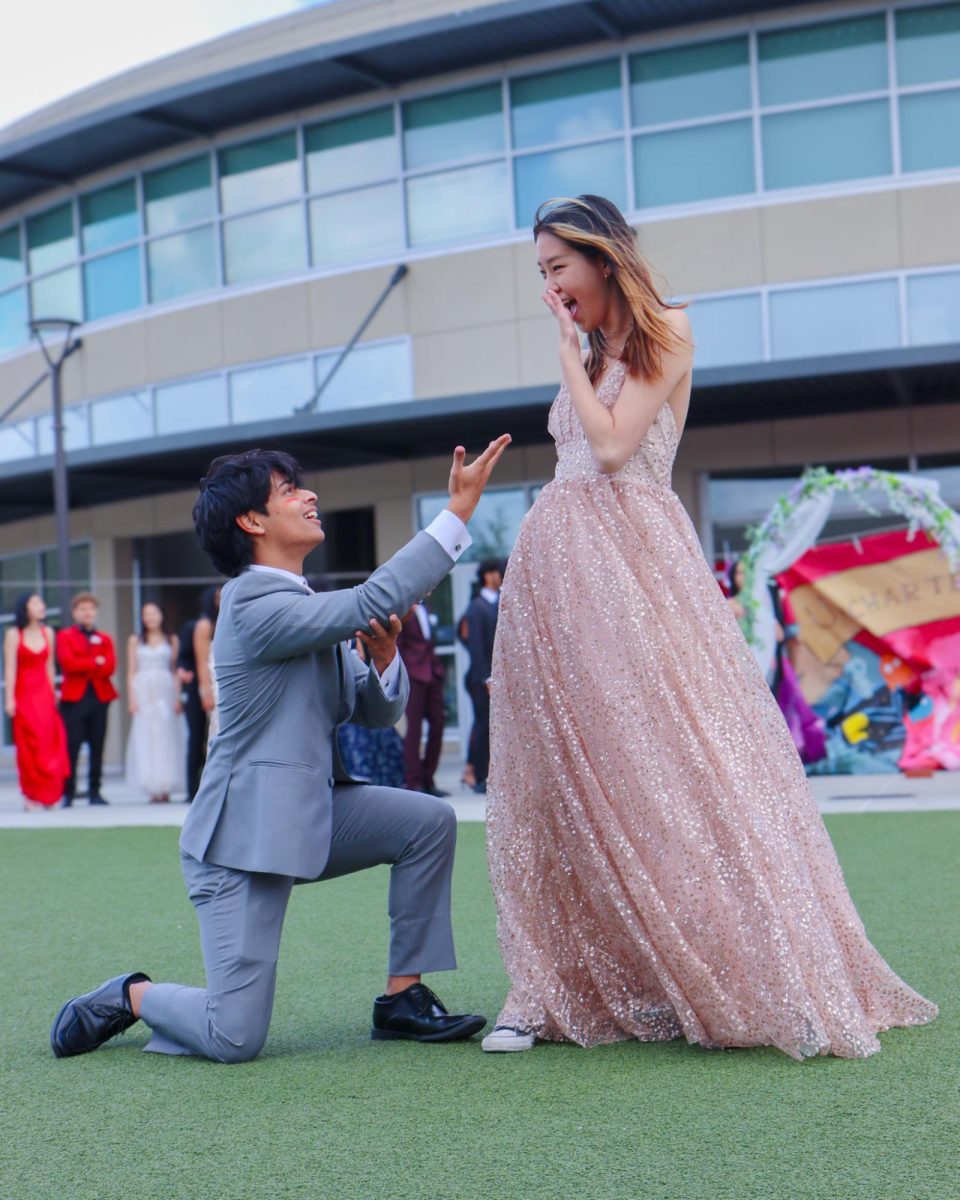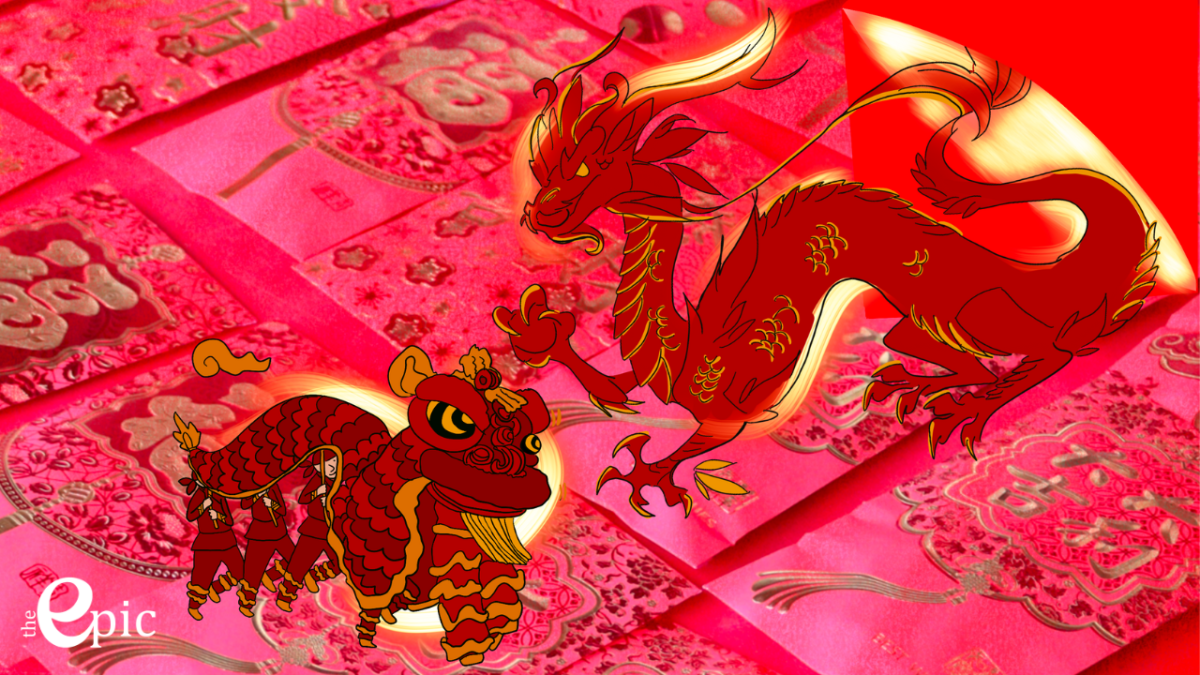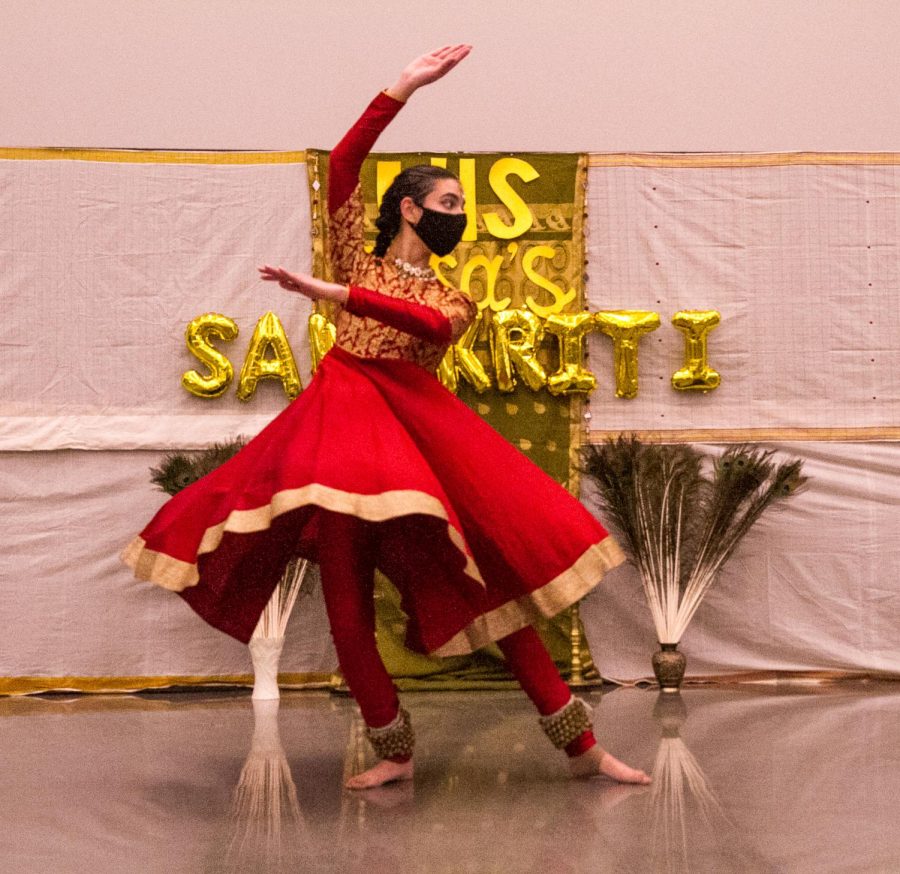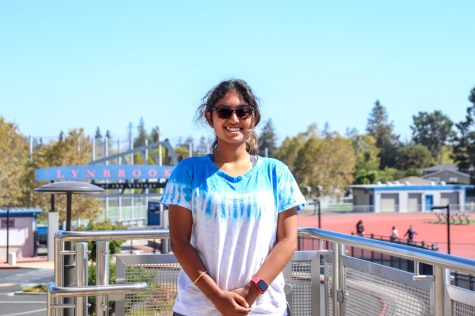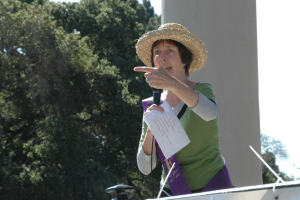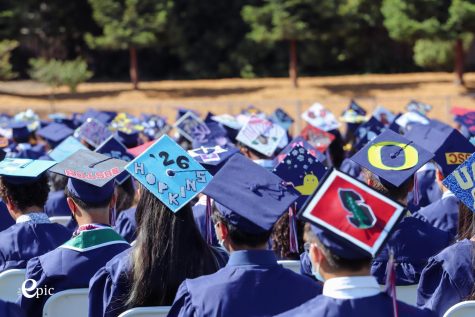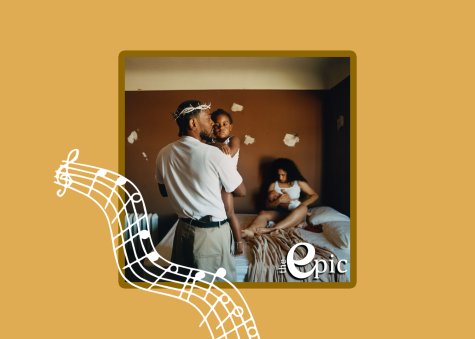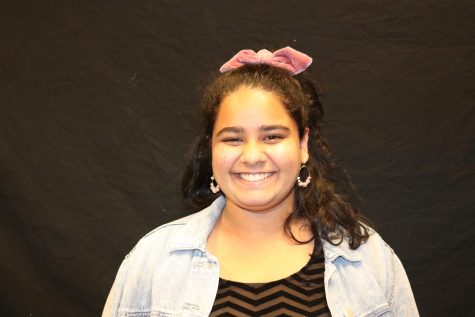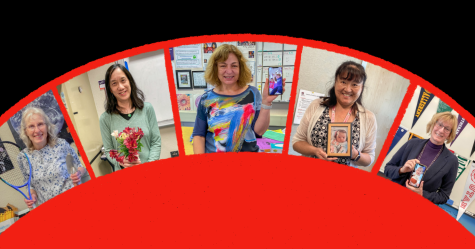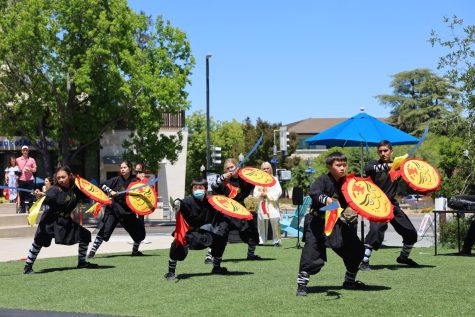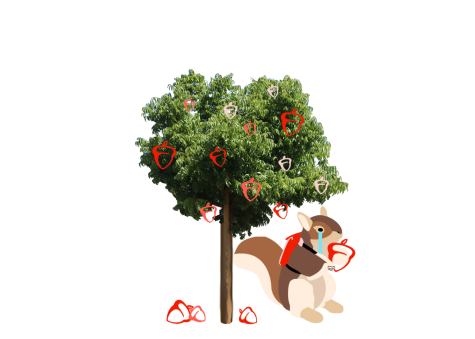Sanskriti celebrates South Asian culture
Sanskriti performers show off traditional South Asian songs and dances.
December 7, 2021
For the first time ever, the American Indo Student Association hosted Sanskriti, a showcase dedicated to classical South Asian art forms such as carnatic music, bharatanatyam and kathak. Held on Nov. 19 in the cafeteria, Sanskriti, which means culture in Sanskrit, highlighted the elegant talents of many students.
The show consisted of 11 different acts and was anchored by the introductions from the emcees, whose skit embraced Indian culture and the uniqueness of each performance. Performances included kathak dancers junior Medha Lolyaker and freshmen Avani Viswanathan; carnatic singers freshmen Athreya Iyer, freshman Vrishank Chandrasekhar and senior Alaap Rag; bharatanatyam dancers freshman Sanjana Kamath, freshman Hiranmayi Srinivasa, junior Netra Ramanatham and sophomore Maya Iyer and LHS Shakti. Other performers included sophomore Nidhi Prasad and sophomores Anika Debhar and Rutvi Pota. LHS Shakti, a dance group focusing on classical and hip hop fusion, performed a Bollywood and bharatanatyam fusion dance. Many of the dances, songs and music had not been represented in other Bay Area showcases prior to Sanskriti.
“AISA creates such a fun culture,” Iyer said. “My favorite part of my performance was just singing and being able to collaborate with my accompaniments who are also my friends — just being able to look at them and see the joy in our eyes”.
The first act of Sanskriti was carnatic singing, followed by hindustani singing and classical dancing. Carnatic singing emphasizes the musician’s connection to the raga bhava, which is the ultimate state of mind that a musician reaches. Hindustani singing, which is a type of music from North Indian culture, focuses mainly on melodic development.
Another art form featured was Kathak, one of the eight major forms of classical dancing. Kathak includes many spinning and standing movements and uniquely integrates cultural elements of both Hindu and Muslim gharanas, or communities of musical performers. The other major art form of the night was Bharatanatyam, one of the oldest forms of classical dancing that is based on rapid hip movements.
I did this to increase our representation of classical art forms from South Asia because we don’t get that recognition.
— Alaap Rag, Senior and AISA President
Overall, the show had a warm and inclusive feeling, with everyone celebrating each other’s unique talents. The audience was supportive and the performers felt that they could embrace their culture and show their skills.
“There were way more performances than I had expected,” audience member and junior Sruti Elangovan said. “I think overall the event covered all the different classical forms very well.”
The audience’s support encouraged the performers to give it their all.
“I really enjoyed seeing the audience’s reactions, and dancing was also fun,” Lolyaker said. “My favorite part was meeting the other performers backstage and seeing what art form they do as well as their passion for it.”
In the past, AISA has hosted Silsilay, an annual event that highlights performances that combine elements from Bollywood and hip hop. This year, the officers created Sanskriti to bring representation to the South Indian classical art forms as well. Sanskriti gives dancers and singers an opportunity to perform in front of their peers, some of whom have never interacted with South Indian culture before.
“I want classical artists like me to embrace our art form and be more proud of who we are,” senior and AISA President Alaap Rag said. “By taking this small step of performing on campus where all of our peers were, those who don’t know our art form can learn about it and enjoy it.”
Planning the show took six months, with the idea first proposed in summer 2021 and coming to fruition during the first months of the school year. AISA will be hosting this event again in the future, with goals to include more performers and reach a larger audience. Next year, AISA hopes to showcase kuchipudi, another type of classical dance that includes impressive, quick footwork, dramatic characterization, expressive eye movements and spirited narrative.
“Sanskriti was really well organized,” performer and sophomore Annika Dhebar said. “It was really fun for all of us to come together and find common ground through Indian classical art forms”.
While South Asian classical art forms are rarely portrayed in shows around the Bay Area, Sanskriti successfully celebrated South-Indian culture and the diverse talents of the students. It also gave many students the opportunity to learn about classical dance forms, show off their singing and dancing, and appreciate the work of their peers.
“I’m being appreciated and recognized for my talent and my ability to sing,” Rag said. “That’s what made me feel so happy. I did this for people like me, and I did this to increase our representation of classical art forms from South Asia because we don’t get that recognition.”

